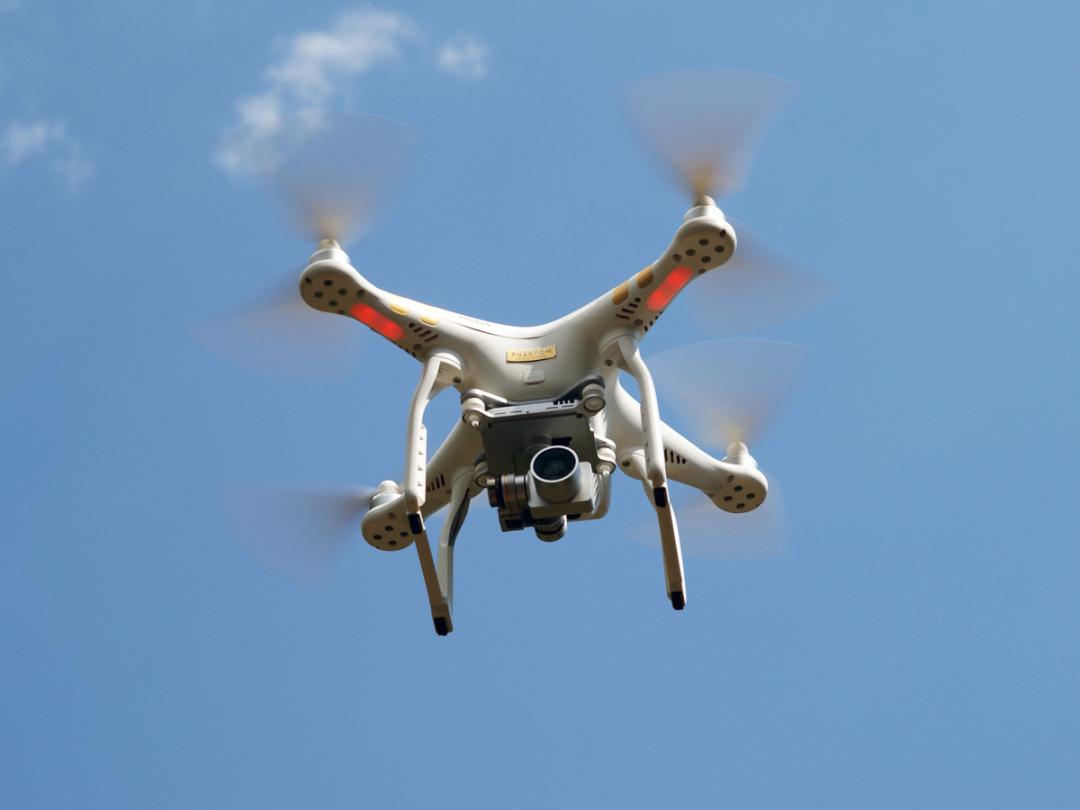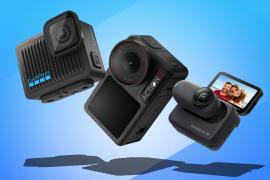DJI Phantom 3 Vision Professional review
The world’s best consumer quadcopter just got much, much better

DJI is the Nike of drone makers, and the Phantom series is its Air Max 1 – a compact, lightweight, camera-wielding quadcopter whose white silhouette has become a familiar sight in the skies over parks, beaches and, well, pretty much everywhere over the past couple of years.
There’s no shortage of quadcopter options out there, but the Phantom range’s ready-to-fly design, sturdy build, simple controls and – probably most importantly – its affordable price tag have given it near-ubiquity.
Well, now the range has been updated with two new models, promising all manner of tweaks and updates to make what we consider the best all-round consumer drone even better.
And we’ve been flying one of those models – the 4K-capable Professional – around South London for the past few days.
4K FTW
Yes, that’s right: the Professional is the first Phantom to shoot in ultra HD, which widens its appeal to videographers and budding creative types who want eyeball-slicingly sharp footage.
Even if you’re editing your final cuts to 1080p or below, starting at the highest resolution possible gives you precious extra scope, and the Professional offers a maximum of 4096 x 2160 at 24 or 25fps (or 3840 x 2160 at 24, 25 and 30fps). That’s filmed with a camera using a 12.4MP Sony Exmor sensor paired to an f/2.8 lens with a nice wide 94-degree field-of-view.
As with the Phantom 2 Vision+, this camera is fitted to the drone by means of a three-axis gimbal which automatically keeps it steady and level (assuming that’s what you want it to do) no matter the angle or speed of the aircraft.
I thought the Phantom 2 Vision provided decent footage and stills (read my review here) but the Phantom 3 Professional is in another league entirely.
Its 1080p quality is smooth and reasonably sharp (definitely sufficiently so for most people) while the 4K footage is astonishingly crisp, detailed and rich. I don’t think the average consumer needs the 4K option, to be quite honest, but video pros will definitely appreciate the extra pixels.
The camera fares well in daylight with low ISO settings, but at night it requires you to boost the sensitivity, which leads to images that are a lot grainier and lacking in detail. It’s not terrible, but take a look at the test footage to get an idea of what you should expect in low light.
The gimbal works like a dream 99% of the time, keeping the camera perfectly aligned and steady. Bank to the left or move forward and back and the camera will remain locked to the horizon, or wherever you’ve pointed it.
According to a warning on the Android app, my review Phantom was suffering from “gimbal motor overload” but this didn’t seem to have any affect on performance, didn’t appear when I was using the iOS app, and consequently I suspect it may have been a bug in the software rather than an actual issue.
A TALE OF TWO PHANTOMS
The quadcopter we tested was the Phantom 3 Professional, which retails for £1,159 on DJI's online store. Its other new flyer is the Phantom 3 Advanced, which costs £899. The chief difference between the two models, aside from the colour of their decal livery (gold for the Professional, silver for the Advanced), is that the Professional offers 4K video recording while the Advanced tops out at 1080p. The Professional also has a more powerful battery charger (100W opposed to 57W) which lessens charging times.
RELATED › GoPro Hero4 Black Edition review



